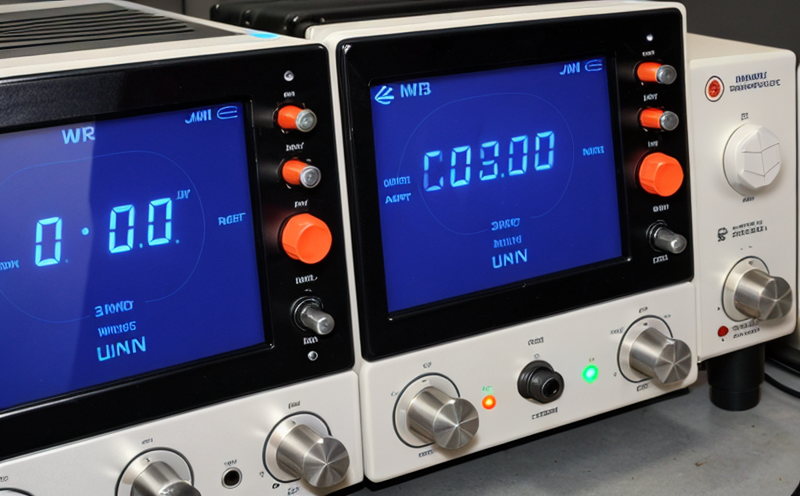EN 301 908 LTE IoT Device RF Performance Testing
The European Standard EN 301 908 specifies the performance requirements and test methods for radio equipment used in cellular communication networks. This standard is pivotal for ensuring interoperability, reliability, and regulatory compliance of Long-Term Evolution (LTE) Internet of Things (IoT) devices within Europe.
When it comes to LTE IoT device RF performance testing under EN 301 908, the primary focus is on verifying that the device meets all necessary technical specifications for efficient communication. This includes tests such as emission levels, receiver sensitivity, adjacent channel selectivity, and interference tolerance among others.
The process involves several steps to ensure compliance with this standard. First, the IoT device undergoes a thorough pre-test evaluation where all initial checks are performed to identify any potential issues early in the testing cycle. Next comes the actual RF performance tests which can be conducted using specialized equipment like spectrum analyzers and vector network analyzers (VNAs). These instruments help measure various parameters including but not limited to frequency stability, signal strength, modulation quality, and error vector magnitude.
After completing these measurements, detailed reports are generated outlining every aspect of the device's performance. Compliance with EN 301 908 is determined by comparing measured results against specified limits outlined in the standard document. If any parameter falls outside acceptable ranges, further adjustments must be made before retesting.
It's important to note that this testing procedure ensures not only individual device compliance but also network-wide compatibility which is crucial for seamless integration into existing LTE infrastructure. By adhering strictly to EN 301 908 guidelines during development stages, manufacturers can avoid costly mistakes later down the line while enhancing overall product quality.
Compliance with this standard brings significant benefits beyond just meeting regulatory requirements. It enhances brand reputation by demonstrating commitment to high standards of engineering excellence. Additionally, it opens up market opportunities across EU countries where adherence is mandatory for selling IoT products.
Why It Matters
The importance of EN 301 908 lies in its role as a cornerstone for ensuring that LTE IoT devices function correctly within the European Union's telecommunications framework. Without proper testing according to this standard, there could be risks associated with non-compliant equipment causing interference between different networks or even disrupting critical services like emergency communications.
Ensuring compliance also protects consumers by guaranteeing they receive reliable products capable of delivering expected performance levels consistently across various environments. This is particularly significant given the rapid growth and increasing complexity of IoT ecosystems today where seamless connectivity across multiple devices is paramount.
Industry Applications
| Application | Description |
|---|---|
| Smart Home Systems | Incorporating IoT devices into smart homes requires robust RF performance to ensure secure and stable connections. |
| Industrial Automation Networks | RF testing ensures reliable communication between various components within industrial settings enhancing productivity and safety. |
| Smart Cities Infrastructure | Testing IoT devices for smart city applications helps maintain efficient urban management systems by preventing disruptions due to substandard equipment. |





